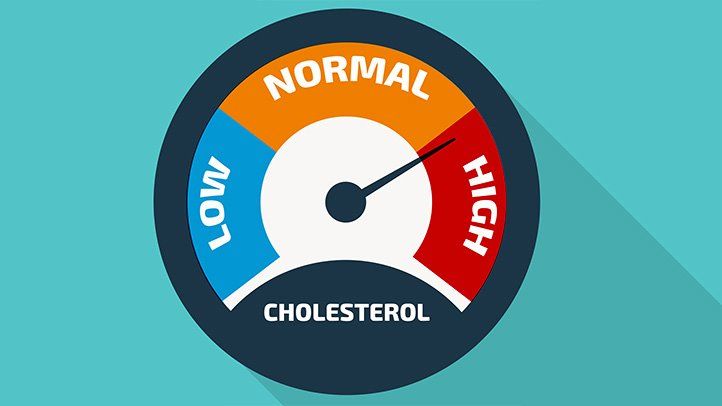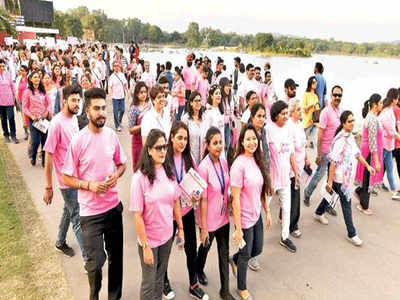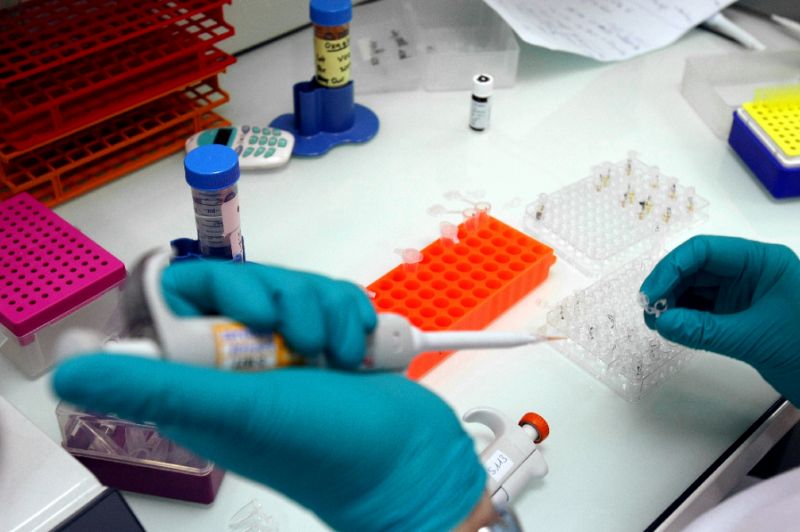New Delhi|HL
In a landmark development, the Cardiological Society of India (CSI) has unveiled the first-ever Indian guidelines for dyslipidemia management. This significant initiative marks a milestone in addressing the unique challenges and variations in dyslipidemia prevalence across the nation by incorporating extensive Indian data.
Dyslipidemia, characterised by high total cholesterol, elevated LDL-cholesterol (bad cholesterol), high triglycerides, and low HDL-cholesterol (good cholesterol), is a critical risk factor for cardiovascular diseases such as heart attacks, strokes, and peripheral artery disease. The prevalence of dyslipidemia in India is alarmingly high, with significant interstate variations and particularly elevated rates in urban areas.
Speaking about the severity Dyslipidemia, Dr. Pratap Chandra Rath, President of Cardiological Society of India (CSI), stated, “Dyslipidemia is a silent killer, often symptomless unlike hypertension and diabetes. He stressed the importance of proactive management and early detection. New guidelines recommend non-fasting lipid measurements for risk estimation and treatment, shifting from traditional fasting measurements. Elevated LDL-C remains the primary target, but for patients with high triglycerides (>150 mg/dL), non-HDL cholesterol is the focus.”
Dr. Durjati Prasad Sinha, Hony. General Secretary, CSI, highlighted, saying “Non-fasting lipid measurements make testing more convenient and accessible, encouraging more people to get tested and treated. The guidelines recommend the first lipid profile at age 18, or earlier with a positive family history of premature heart disease or familial hypercholesterolemia. The general population and low-risk individuals should maintain LDL-C levels below 100 mg/dL and non-HDL-C levels below 130 mg/dL. High-risk individuals, such as those with diabetes or hypertension, should aim for LDL-C below 70 mg/dL and non-HDL below 100 mg/dL.”
“Aggressive targets are suggested for very high-risk patients, including those with a history of heart attacks, angina, stroke, or chronic kidney disease,” explained Dr. J. P. S. Sawhney, Chairman of the Department of Cardiology at Sir Gangaram Hospital, New Delhi, and Chairman of the Lipid Guidelines. “These patients should aim for LDL-C levels below 55 mg/dL or non-HDL levels below 85 mg/dL.”
Lifestyle modifications are emphasized as a cornerstone of dyslipidemia management. Given the dietary habits in India, reducing sugar and carbohydrate intake is recommended, as these contribute more to blockages compared to modest fat consumption. Regular exercise and yoga, which offers cardioprotective benefits and is culturally relevant, are also recommended.
“High LDL-C and non-HDL-C can be controlled with a combination of statins and oral non-statin drugs. If goals are not achieved, injectable lipid-lowering drugs like PCSK9 inhibitors or Inclisiran are recommended,” noted Dr. S. Ramakrishnan, Professor of Cardiology at AIIMS, New Delhi, and co-author of the Lipid Guidelines.
For patients with high triglycerides (>150 mg/dL), non-HDL cholesterol is the target. Lifestyle changes, such as regular exercise, quitting alcohol and tobacco, and reducing sugar and carbohydrate intake, are crucial. In patients with heart disease, stroke, or diabetes, statins, non-statin drugs, and fish oil (EPA) are recommended. Triglycerides levels above 500 mg/dL require the use of Fenofibrate, Saraglitazor, and fish oil.
“Genetic causes of dyslipidemia, such as familial hypercholesterolemia, are more common in India than in other parts of the world. It is essential to identify and treat these cases early through cascade screening of family members,” emphasized Dr. Ashwani Mehta, Senior Consultant Cardiologist at Sir Ganga Ram Hospital, New Delhi, and co-author of the Lipid Guidelines. Furthermore, the guidelines recommend evaluating lipoprotein (a) levels at least once, as elevated levels (>50 mg/dL) are associated with cardiovascular disease. The prevalence of elevated lipoprotein (a) is higher in India (25%) compared to the Western world (15-20%).
CSI’s new guidelines empower healthcare providers to better manage cholesterol and fight heart disease in India, ultimately promoting healthier lives for all. Following are the desirable levels of lipids which should be uniformly followed by all the biochemistry laboratories of the country. One should look for lipid goals based on the risk category. This is to avoid confusion among the patients.
Standard lipid testing panels and targets for various risk groups (all values in mg/dl)
| Lipid parameter* | Desirable levels of various lipid fractions | |||
| Low | Moderate risk | High risk | Very High Risk | |
| LDL cholesterol | <100 | <100 | <70 | <55 |
| Non-HDL cholesterol | <130 | <130 | <100 | <85 |
| HDL cholesterol | >40 M, >50 W | >40 M, >50 W | >40 M, >50 W | >40 M, >50 W |
| Triglycerides | <150 | <150 | <150 | <150 |
| Lipoprotein(a)* | <50 | <50 | <50 | <50 |
| Calculate non-HDL if TGY >150mg/dL. Non-HDL =Total cholesterol-HDL-C Low risk= no cardiovascular risk factor Moderate risk = Any one of major CAD risk factors (smoking/tobacco, hypertension, diabetes, Dyslipidemia, family history of young heart attack) High risk = Diabetes with 1 or more risk factor, Hypertension with 1 or more risk factor, Chronic kidney disease, Familial hypercholesterolemia with no risk factor Very high risk = Clinical evidence of blockage in arteries (Angina, stroke, heart attack), Diabetes >20 years / Diabetes with complications, Familial hypercholesterolemia with blockage of arteries. | ||||










